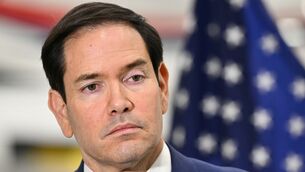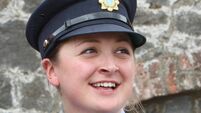First woman US Supreme Court Justice retires
Justice Sandra Day O’Connor, the first woman appointed to the US Supreme Court and a key swing vote on issues such as abortion and the death penalty, said today she is retiring.
The retirement allows President George Bush to make his first nomination to the Supreme Court. That offers him an opportunity to expand his conservative agenda in the third branch of the US government.














